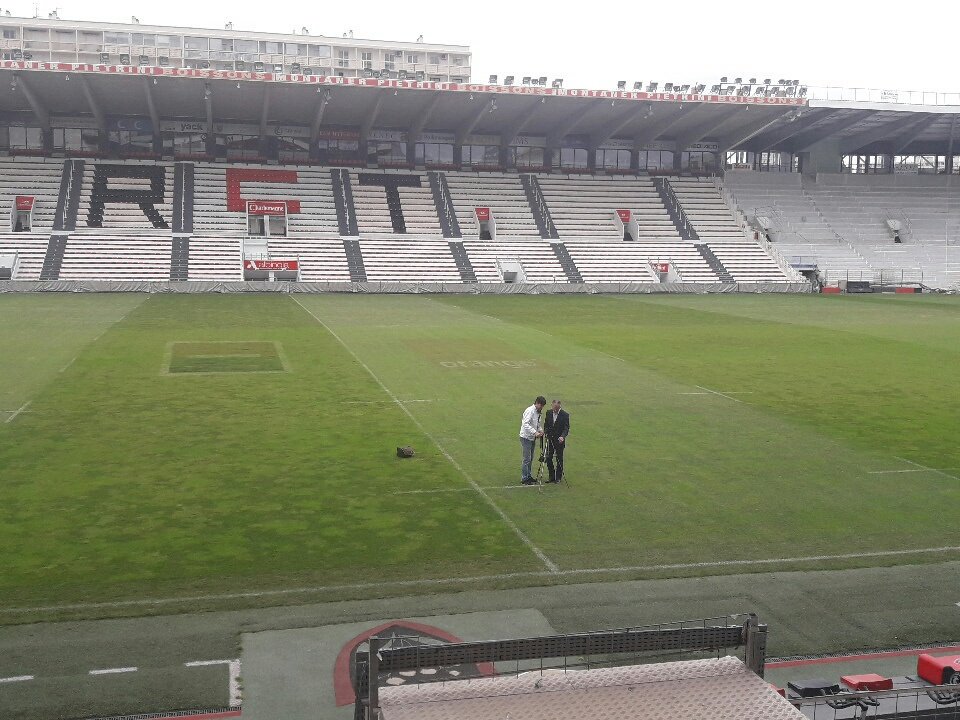Here are the videos of this year's ICLR2017 meeting.
Monday April 24, 2017
Morning Session – Session Chair: Dhruv Batra
Opening remarks, video starts at 12:15
9.00 - 9.40 Invited talk 1: Eero Simoncelli Elucidating and testing hierarchical sensory models through synthesis, Video starts at 26:00
9.40 - 10.00 Contributed talk 1: End-to-end Optimized Image Compression Video starts at 1:08:00
10.00 - 10.20 Contributed talk 2: Amortised MAP Inference for Image Super-resolution Video starts at 1:26:30
10.30 - 12.30 Poster Session 1 (Conference Papers, Workshop Papers)
Afternoon Session – Session Chair: Joan Bruna (sponsored by Baidu)
14.30 - 15.10 Invited talk 2: Benjamin Recht What can Deep Learning learn from linear regression Video starts at 18:30
15.10 - 15.30 Contributed Talk 3: Understanding deep learning requires rethinking generalization - BEST PAPER AWARD, Video starts at 53:30
15.30 - 15.50 Contributed Talk 4: Large-Batch Training for Deep Learning: Generalization Gap and Sharp Minima Video starts at 1;12:30
15.50 - 16.10 Contributed Talk 5: Towards Principled Methods for Training Generative Adversarial Networks Video starts at 1;30:00
16.30 - 18.30 Poster Session 2 (Conference Papers, Workshop Papers)
Tuesday April 25, 2017
Morning Session – Session Chair: Tara Sainath (sponsored by Google)
9.00 - 9.40 Invited talk 1: Chloé-Agathe Azencott High dimensional feature selection in precision medicine Video starts at 13;24
9.40 - 10.00 Contributed talk 1: Semi-supervised Knowledge Transfer for Deep Learning from Private Training Data - BEST PAPER AWARD ,Video starts at 53:10
10.00 - 10.20 Contributed talk 2: Learning Graphical State Transitions Video starts at 1;14;50
10.30 - 12.30 Poster Session 1 (Conference Papers, Workshop Papers)
Afternoon Session – Session Chair: Raia Hasdell (sponsored by Amazon)
14.00 - 16.00 Poster Session 2 (Conference Papers, Workshop Papers)
16.15 - 17.00 Invited talk 2: Riccardo Zecchina Video starts at 7:05
17.00 - 17.20 Contributed Talk 3: Learning to Act by Predicting the Future Video starts at 53:50
17.20 - 17.40 Contributed Talk 4: Reinforcement Learning with Unsupervised Auxiliary Tasks Video starts at 1:15:30
17.40 - 18.00 Contributed Talk 5: Q-Prop: Sample-Efficient Policy Gradient with An Off-Policy Critic Video starts at 1;37;10
18.00 - 18.30 Group photo at the RCT Stadium
Morning Session – Session Chair: Slav Petrov
9.00 - 9.40 Invited talk 1: Regina Barzilay Moving beyond supervised realm Video starts at 3;15 + last 8 minutes of this presentation on this video
9.40 - 10.00 Contributed talk 1: Learning End-to-End Goal-Oriented Dialog Video starts at 27:34
10.00 - 10.20 Contributed talk 2: Multi-Agent Cooperation and the Emergence of (Natural) Language Video starts at 6:00
10.30 - 12.30 Poster Session 1 (Conference Papers, Workshop Papers)
Afternoon Session – Session Chair: Navdeep Jaitly
14.30 - 15.10 Invited talk 2: Alex Graves, New Direction for Recurent Neural Networks, Video starts at 4:10
Morning Session – Session Chair: Tara Sainath (sponsored by Google)
9.00 - 9.40 Invited talk 1: Chloé-Agathe Azencott High dimensional feature selection in precision medicine Video starts at 13;24
9.40 - 10.00 Contributed talk 1: Semi-supervised Knowledge Transfer for Deep Learning from Private Training Data - BEST PAPER AWARD ,Video starts at 53:10
10.00 - 10.20 Contributed talk 2: Learning Graphical State Transitions Video starts at 1;14;50
10.30 - 12.30 Poster Session 1 (Conference Papers, Workshop Papers)
Afternoon Session – Session Chair: Raia Hasdell (sponsored by Amazon)
14.00 - 16.00 Poster Session 2 (Conference Papers, Workshop Papers)
16.15 - 17.00 Invited talk 2: Riccardo Zecchina Video starts at 7:05
17.00 - 17.20 Contributed Talk 3: Learning to Act by Predicting the Future Video starts at 53:50
17.20 - 17.40 Contributed Talk 4: Reinforcement Learning with Unsupervised Auxiliary Tasks Video starts at 1:15:30
17.40 - 18.00 Contributed Talk 5: Q-Prop: Sample-Efficient Policy Gradient with An Off-Policy Critic Video starts at 1;37;10
18.00 - 18.30 Group photo at the RCT Stadium
Morning Session – Session Chair: Slav Petrov
9.00 - 9.40 Invited talk 1: Regina Barzilay Moving beyond supervised realm Video starts at 3;15 + last 8 minutes of this presentation on this video
9.40 - 10.00 Contributed talk 1: Learning End-to-End Goal-Oriented Dialog Video starts at 27:34
10.00 - 10.20 Contributed talk 2: Multi-Agent Cooperation and the Emergence of (Natural) Language Video starts at 6:00
10.30 - 12.30 Poster Session 1 (Conference Papers, Workshop Papers)
Afternoon Session – Session Chair: Navdeep Jaitly
14.30 - 15.10 Invited talk 2: Alex Graves, New Direction for Recurent Neural Networks, Video starts at 4:10
15.10 - 15.30 Contributed Talk 3: Making Neural Programming Architectures Generalize via Recursion - BEST PAPER AWARD , Video starts at 50:12
15.30 - 15.50 Contributed Talk 4: Neural Architecture Search with Reinforcement Learning Video starts at 1:08:44
15.50 - 16.10 Contributed Talk 5: Optimization as a Model for Few-Shot Learning Video starts at 1:26:30
16.30 - 18.30 Poster Session 2 (Conference Papers, Workshop Papers)












